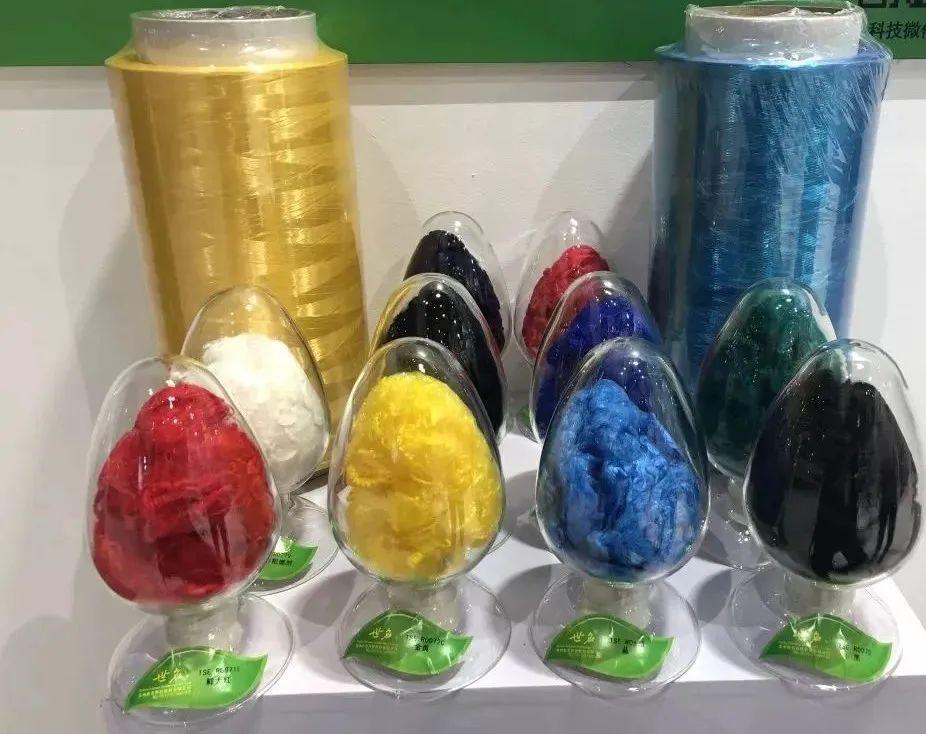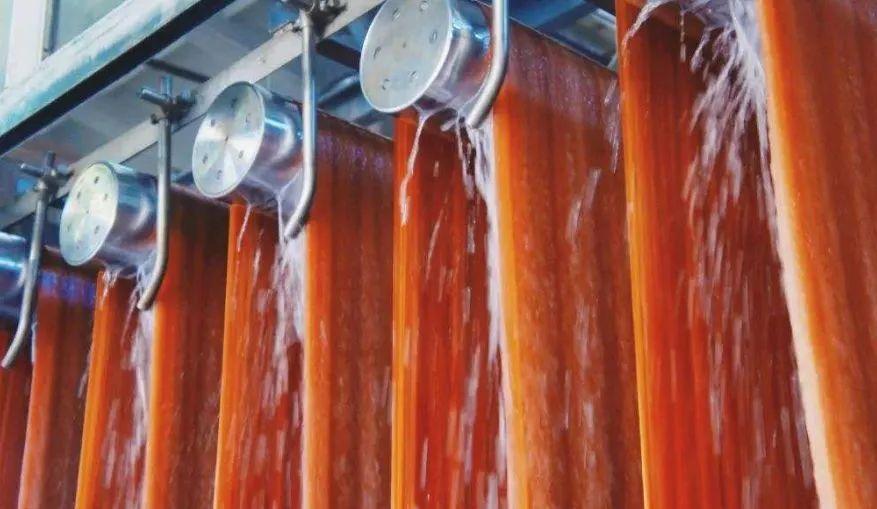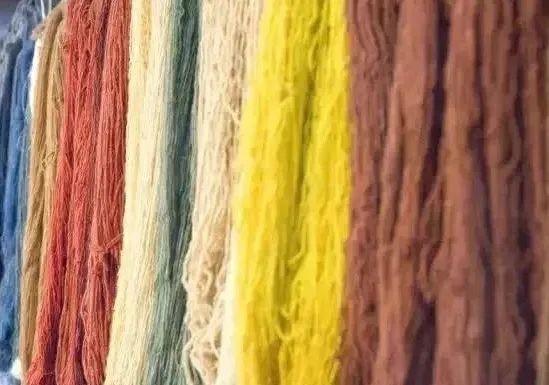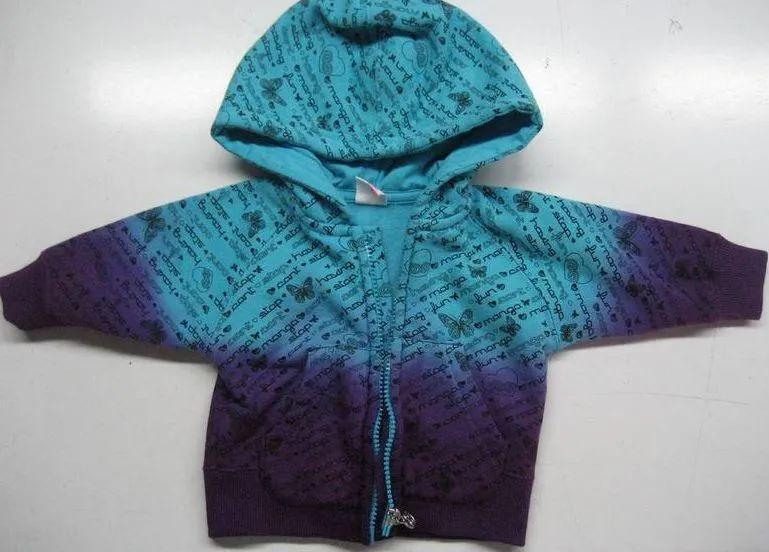Due to product style, production costs and market needs, textiles can be produced in Dyeing is carried out in all stages, namely dyeing of raw solution, loose fibers, tows, tops (cotton slivers), yarns, ropes, fabrics and garments.
1 Original solution coloring
Chemical fibers (man-made fibers and synthetic fibers ) when manufacturing, the spinning stock solution must first be prepared. Generally, the stock solution is colorless or white, and the fibers produced are also white. However, when there is a certain need, colored substances (such as masterbatch) can be added to the original solution or colored before spinning. After thorough mixing and then spinning, various colored fibers can be obtained, which can be short fibers or short fibers. It can be filament. The colored fiber obtained by dope dyeing has stable hue, good color fastness and low production cost, but the large batch size increases the cleaning burden of spinning equipment. Therefore, only the more common hues, such as blue, black and textiles for groups (such as the military), are generally produced. It is more difficult to apply in small batches and production that changes rapidly with market demand.

2 Loose fiber dyeing
In order to obtain a certain effect , such as richer layers, hazy feeling, or in order to reduce the color difference of the yarn, loose fiber (wool, cotton, chemical fiber) dyeing can be used. After the loose fibers are dyed and then spun and weaved, colored spun yarn and colored fabrics can be obtained. Most of its dyeing methods are dip dyeing, and there are also pad dyeing (continuous).

3 Tow dyeing
Whether it is man-made fiber, Both synthetic fibers are first made into tows and then cut into short fibers, so the tows can also be dyed. This method has a small dyeing batch size, the hue can be specified at will, and it saves the cleaning work of a large amount of equipment in the original solution and spinning sections. Tow dyeing can be pad dyeing or dip dyeing, but it is rarely used in China.

4 strip dyeing
Loose fibers are spun after dyeing The yarn has to go through the entire spinning process, that is, blending → carding → drawing → roving → spun yarn. During this process, colored fibers will inevitably remain in the equipment passing through. When changing the hue, cleaning work will be very troublesome, so there is top dyeing, and then drawing → roving → spun yarn according to the needs of the subsequent process. This process has become a mature process in wool spinning. In recent years, some people have also planned to transplant this process into cotton spinning to produce colored yarn. Sliver dyeing can not only obtain rich color levels in the yarn, but also minimize “stripes”.

5 yarn( Filament) dyeing
Color Weaving (woven, knitted, braided) products are obtained by first dyeing yarn, and then arranging and weaving warp and weft yarns of different hues according to certain rules (color yarns can also be used to weave uniform hue fabrics), and their products have unique styles. . Yarn dyeing is mainly done by dip dyeing, but also by pad dyeing (such as denim warp).

6 Fabric Dyeing
In current textiles (no matter Whether it is woven fabrics or knitted fabrics), fabric piece dyeing is the most important dyeing method. In addition to dyeing the entire fabric with the same hue (color cloth), there is also partial dyeing, that is, dyeing into different colors, such as printing, tip dyeing, sandwich dyeing, etc. Yarns are also partially dyed. Fabric dyeing can be carried out in the form of flat width or rope, or dip dyeing, pad dyeing, or even gas phase transfer dyeing.

7 Garment Dyeing
In order to adapt to market demand and respond quickly, or to obtain a certain special style, the fabric can be pre-treated and then dyed (or printed) after being made into clothing. Whether it is woven fabric or knitted fabric All materials can be dyed for garments. Garment dyeing uses dip dyeing. Generally speaking, the earlier the dyeing process is, the lower the cost, and any pattern and color can be made up for in subsequent production after problems occur, but the market response is slow. The added quantity of colored semi-finished products is larger. The later the dyeing process is, the added quantity of semi-finished products can not only be reduced, but also the market demand can be quickly responded to. However, it has higher requirements for dyeing uniformity, dyes and processing technology. .








